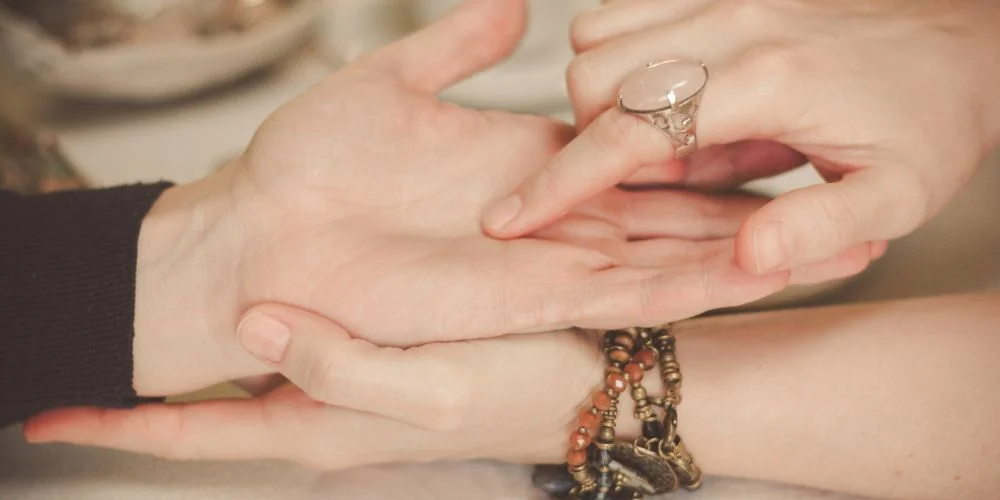Dhanteras Rangoli: Why is it auspicious to make rangoli on Dhanteras?
Dhanteras Rangoli Rules: Designs To Embrace And Patterns To Avoid: Dhanteras is a special festival in India. Goddess Lakshmi, Lord Kubera, Lord Dhanvantari, and Lord Yamaraj are worshipped on this day. It is believed that performing the rituals on this day brings wealth, happiness, and prosperity to the home. Making rangoli holds special significance on this sacred festival. People begin creating rangoli in the courtyard, prayer area, and verandas early in the morning. It not only looks beautiful, but is also considered extremely auspicious and special from a religious perspective. Let’s explore the significance of making rangoli at home on Dhanteras and some precautions.
1. Dhanteras: A Festival of Wealth and Prosperity
Dhanteras marks the beginning of the five-day Diwali festival and is considered an auspicious day to invite wealth and health into one’s home. On this day, people worship Goddess Lakshmi (goddess of wealth), Lord Dhanvantari (god of health), Lord Kubera (god of riches), and Lord Yamaraj (god of death). It is believed that worshipping these deities and following traditional rituals ensures prosperity, good health, and protection from negativity.
2. Why Rangoli Is Made on Dhanteras
Making rangoli on Dhanteras holds deep spiritual and cultural significance. In Hindu belief, rangoli symbolizes positive energy, auspiciousness, and a warm welcome to deities. It is said that colorful and well-designed rangolis attract Goddess Lakshmi, who is pleased by beauty, purity, and devotion. Patterns of diyas (lamps), lotus flowers, and the symbolic feet of Lakshmi are common and considered especially lucky.
3. Auspicious Designs for Rangoli
People often choose rangoli designs that depict lotus flowers, diyas, peacocks, or footprints of Goddess Lakshmi. These symbols are associated with wealth, beauty, and divine blessings. Using vibrant colors like red, yellow, orange, and green is preferred, as they symbolize joy, abundance, and spiritual energy. The rangoli is usually placed at entrances, courtyards, or near the puja area to invite positivity and divine grace.
4. Avoid Broken or Incomplete Rangoli
While there are no strict rules on which design to create, it is important that the rangoli should be complete and intact. According to tradition, a broken or incomplete rangoli is inauspicious, as it is believed to disrupt the flow of positive energy and may displease the deities. Therefore, one must ensure that the design is finished neatly and respectfully.
5. Use Clean and Bright Colors Only
The colors used in rangoli should be fresh, clean, and vibrant. Avoid using faded, dull, or dirty powders, as these can carry negative connotations and diminish the aesthetic and spiritual appeal. Bright, lively colors symbolize joy, life, and good fortune, which align with the essence of Dhanteras.
6. Avoid Negative or Scary Symbols
Rangoli is meant to invite positivity, so one should avoid designs that include scary or inauspicious symbols, such as distorted faces or ominous figures. Instead, opt for traditional motifs that radiate harmony, peace, and divinity.
7. Make the Swastika Symbol Correctly
The Swastika is a highly revered symbol in Hinduism, representing prosperity, well-being, and the sun’s energy. If you choose to include it in your rangoli, ensure that it is drawn correctly—clockwise with four arms bent at right angles—to maintain its sacred meaning. A wrongly drawn Swastika is considered disrespectful and can reverse its intended spiritual effects.
ALSO READ:





